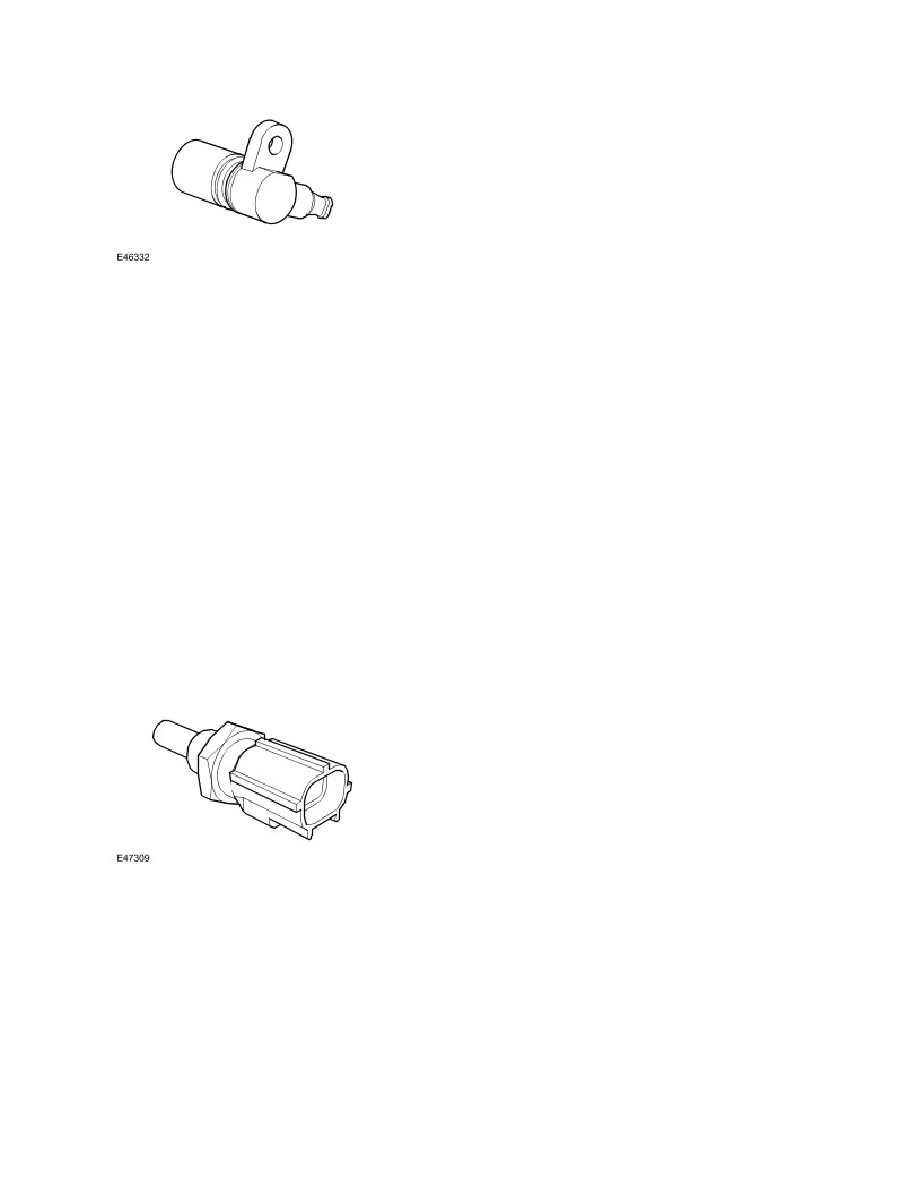LR3/Disco 3

Two sensors are located at the rear of the engine, in the cylinder head (one per bank), above the rear cylinders. This is a
Variable Reluctor Sensor (VRS) producing four pulses for every two engine revolutions. The sensing element is
positioned between 0 and 2mm from the side of the cam gear wheel.
The variable cam inlet is parked in the retarded position and can advance up to 48 degrees.
The camshaft timing wheel is a sintered component which has four teeth on it to enable the EMS to detect cylinder
identification. The signal is used for:
Variable inlet cam timing
Cylinder recognition
Enabling sequential fuel injection
Knock control
Cylinder identification for diagnostic purposes.
Failure symptoms include:
Ignition timing reverting to the base mapping, with no cylinder correction.
Active knock control is disabled, along with its diagnostic (Safe ignition map - loss of performance).
Quick cam / crank synchronisation on start disabled.
Variable cam timing is disabled
ENGINE COOLANT TEMPERATURE SENSOR (ECT)
The sensor is located at the front of the engine in the water pipe below the throttle body. The ECT sensor is a thermistor
used to monitor the engine coolant temperature. The engine coolant temperature sensor is vital to the correct running of
the engine as a richer mixture is required at lower block temperatures for good quality starts and smooth running, leaning
off as the temperature rises to maintain emissions and performance.
The sensor has an operating temperature range of -30 Degrees Celsius to 125 Degrees Celsius. When a defective
coolant sensor is detected, the ECM uses the oil temperature sensor value.
ENGINE OIL TEMPERATURE SENSOR
